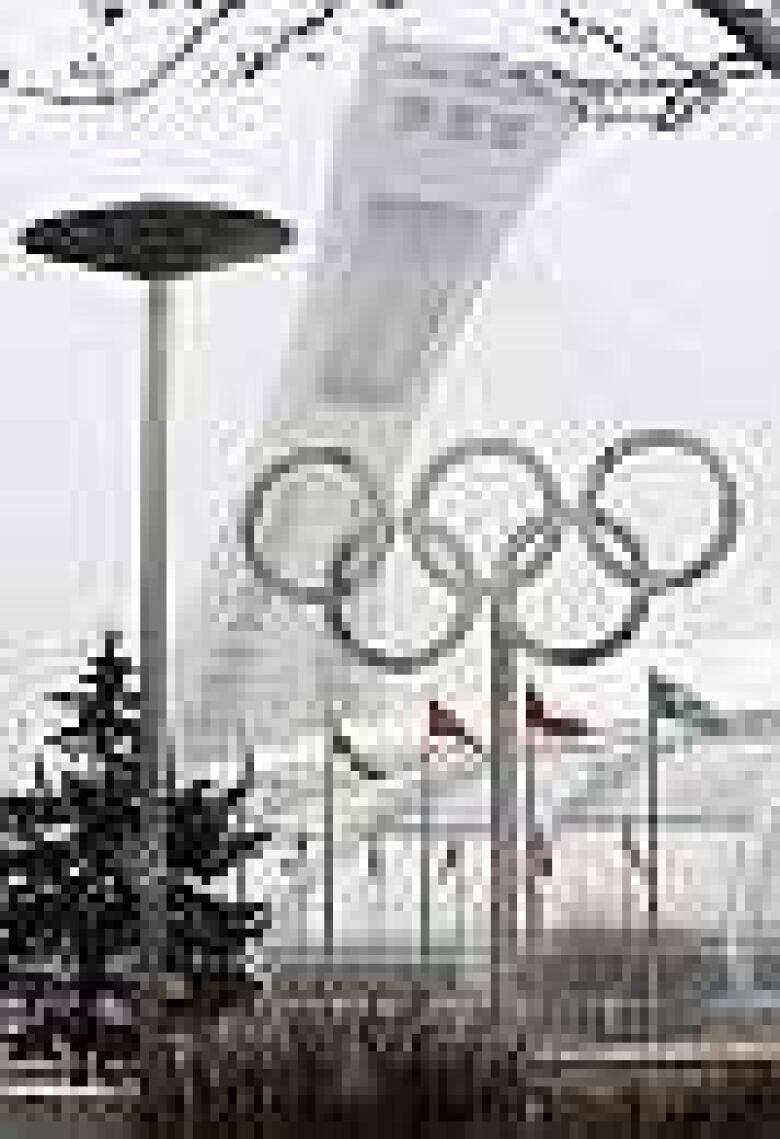Quebec's Big Owe stadium debt is over
Montreal's Olympic Stadium needs a new nickname the Big Owe no longer applies because Quebecers have finally paid off their $1.5-billion debt from the 1976 Summer Games.

The astronomical cost included the stadium, the Olympic village, a post-modern apartment building complex, a sports recreation complex, outdoor facilities, parking and the Vlodrome, which has since been refurbished as the Biodome.
Much of the debt was serviced through a special tax on tobacco.

Quebec's chief accounting officer now needs to issue an official statement to formally clear the debt, said Jacques Delorme, a spokesman for the province's Finance Ministry.
"It's like if you bought a house: once you reach the deadline, you expect that your mortgage has been paid. But still, to be sure that your mortgage has really been paid, you have to wait for the bank to send you a final statement to say everything's OK. It's the same process here."
The longtime home of the Montreal Expos until the Major League Baseball team was sold to Washington, D.C., the 58,500-seat stadium was nicknamed the Big O, or, because of its cost, the Big Owe.
After clinching the 1976 Olympics, the mayor of Montreal at the time, Jean Drapeau, boasted the Games would be the first auto-financed Olympics.
'The Montreal Olympics can no more have a deficit, than a man can have a baby.' -Jean Drapeau was haunted by this comment, made when he wasMontreal's mayor in the 1970s
"The Montreal Olympics can no more have a deficit, than a man can have a baby," he said, a prediction that would haunt him, as construction costs ballooned and sent the final price tag into the stratosphere.
The Olympic Stadium opened for baseball in 1977 without a roof, which was added about 10 years later. In 1991, a 55-tonne chunk of the roof fell after support beams snapped. No one was injured.
A second section of the roof collapsed in the winter of 1999 as workers were setting up for the auto show.
With files from the Canadian Press












_(720p).jpg)


 OFFICIAL HD MUSIC VIDEO.jpg)
.jpg)



























































































